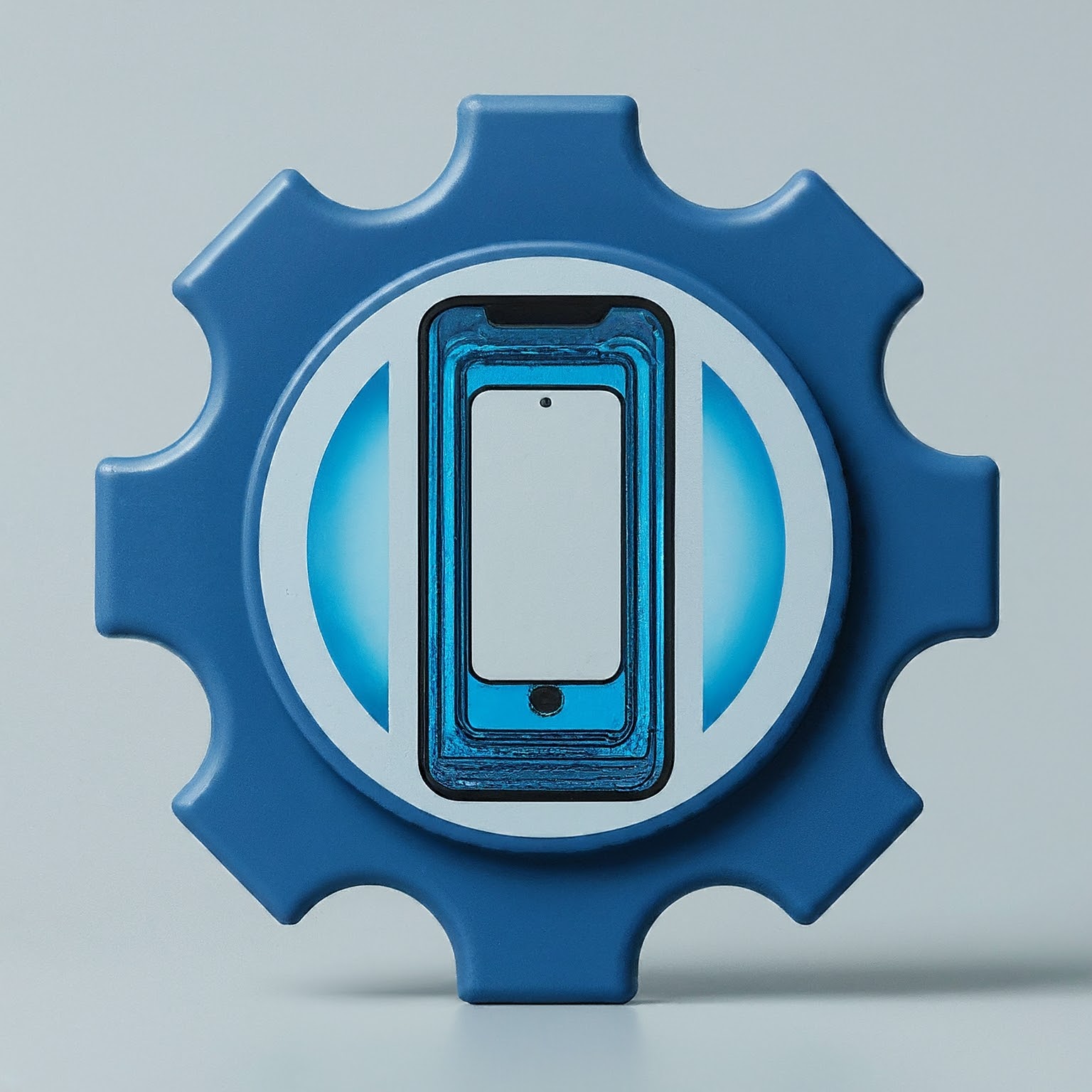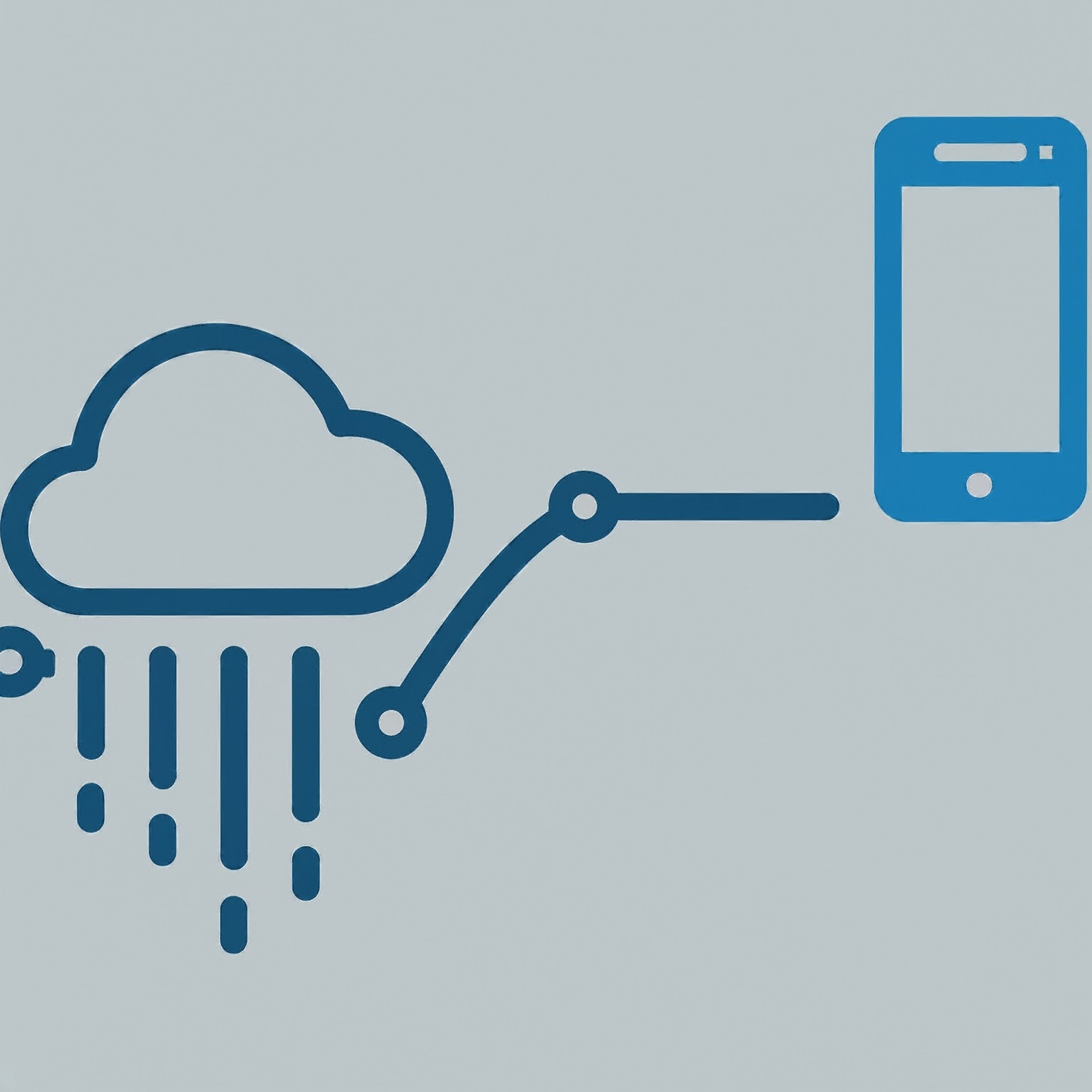The world of mobile technology has revolutionized how we work. But with this convenience comes a new set of challenges: ensuring the security and accessibility of sensitive business data on employee devices. This is where Mobile Content Management (MCM) comes in, and the MCM client plays a crucial role in this system.
This comprehensive guide dives deep into the MCM client, exploring its functionalities, benefits, and potential concerns. Whether you’re an IT administrator or a curious employee encountering the MCM client for the first time, this article will equip you with the knowledge you need.

What is an MCM Client?
An MCM client is a software application installed on smartphones, tablets, or laptops. It acts as a bridge between a Mobile Device Management (MDM) solution and the user’s device. The MDM platform is the central hub controlled by IT administrators, while the MCM client resides on the individual device.
Think of the MCM client as a secure gateway. It allows authorized users to access work documents, applications, and other resources while maintaining strict security protocols. This ensures that sensitive corporate data remains protected, even if the device is lost, stolen, or compromised.
How Does the MCM Client Work?
The MCM client operates within the framework of an MDM solution. Here’s a breakdown of the typical workflow:
-
MDM Configuration: IT administrators define access policies and configure the MCM client through the MDM platform. These policies determine which work resources (documents, apps, etc.) users can access and how they can be used.
-
MCM Client Installation: The MDM solution pushes the MCM client application to the user’s device. This installation can be automatic or require user interaction, depending on the MDM platform and organization’s policy.
-
Secure Access: Once installed, users launch the MCM client to access work resources. The client verifies user credentials and ensures they comply with the pre-defined security policies set by the IT team.
-
Content Management: Users can then access, view, edit (if authorized), and share work documents within the secure environment created by the MCM client. The client also facilitates functionalities like remote wipe in case of device loss or theft, protecting sensitive data.
Benefits of Using an MCM Client
The implementation of an MCM client offers a multitude of advantages for both businesses and employees:
For Businesses:
- Enhanced Security: MCM clients enforce strict access controls, protecting confidential data from unauthorized access, even on lost or stolen devices.
- Improved Work Efficiency: Employees can access work resources from anywhere, anytime, promoting flexibility and productivity.
- Centralized Management: IT teams can manage and distribute work applications and documents remotely, streamlining device management.
- Reduced Costs: MCM clients can minimize the risk of data breaches, potentially leading to significant cost savings.
For Employees:
- Secure Access to Work Resources: Employees can access and work on critical documents from their personal devices without compromising security.
- Increased Productivity: The ability to work remotely on business documents fosters efficiency and flexibility.
- Clear Separation of Work and Personal Data: MCM clients often create secure containers for work data, maintaining a clear distinction from personal information.
Common MCM Client Concerns and Solutions
While MCM clients offer substantial benefits, there are also some concerns that employees might have:
-
Privacy Concerns: Employees might worry about IT monitoring their activity or accessing personal data. It’s essential for companies to have clear policies outlining the scope of MCM client monitoring and data access.
-
Battery Drain: MCM clients can potentially consume battery life due to background processes. IT teams can optimize settings and educate users on resource management to minimize battery impact.
-
User Experience: A poorly designed MCM client can create a cumbersome user experience. Businesses should carefully evaluate MCM solutions that prioritize a user-friendly interface.
By addressing these concerns through transparent communication, policy clarity, and user-friendly client design, organizations can maximize the benefits of MCM clients while mitigating potential anxieties.

The Future of MCM Clients
The mobile landscape is constantly evolving, and the MCM client will continue to adapt alongside it. Here are some trends we can expect to see:
- Integration with Cloud Storage: MCM clients will likely integrate seamlessly with cloud storage platforms, providing users with even greater flexibility and accessibility to work resources.
- Enhanced Security Features: New features like advanced encryption and multi-factor authentication will further strengthen data security within the MCM client environment.
- Increased User Friendliness: MCM clients will prioritize intuitive interfaces and user-friendly functionalities, ensuring a smooth experience for all users.
Understanding the MCM client empowers both IT administrators and employees to leverage its capabilities for secure and efficient mobile work practices. As technology continues to progress, the MCM client will undoubtedly remain a vital tool in the ever-growing mobile content management landscape.
لا تعليق